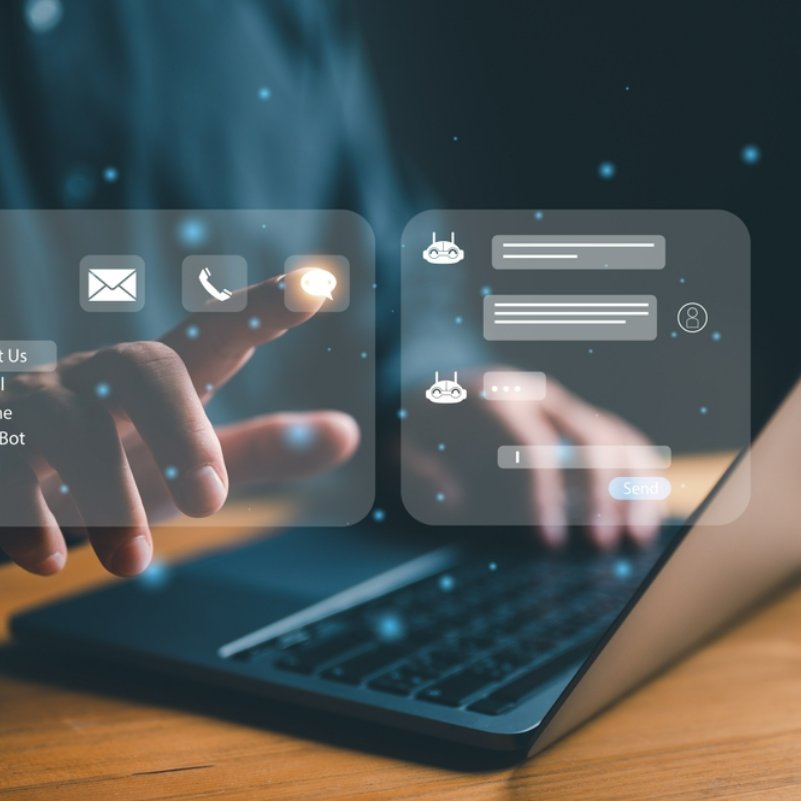Email communication is a vital part of professional and personal correspondence. Crafting an effective email can lead to better outcomes, whether it's for business, networking, or personal reasons. Here are some tips with examples to help you write emails more effectively.
1. Clear and Concise Subject Lines
- Example: "Meeting Request: Marketing Strategy Discussion, April 5th"
- Why It Works: This subject line is direct and informs the recipient about the email's content immediately.
2. Professional Greeting
- Example: "Dear Ms. Smith," or "Hello John,"
- Why It Works: A professional greeting sets a respectful tone and addresses the recipient appropriately.
3. Get to the Point Quickly
- Example: "I am writing to request your feedback on the attached report."
- Why It Works: Starting with the main purpose avoids unnecessary details and respects the recipient’s time.
4. Use Bullet Points for Clarity
- Example: "Please consider the following points:
- Bullet point 1
- Bullet point 2"
- Why It Works: Bullet points make your email scannable and highlight key information.
5. Include a Call to Action
- Example: "Please let me know your availability for a meeting next week."
- Why It Works: A clear call to action tells the recipient exactly what is expected of them.
6. Polite and Brief Closing
- Example: "Thank you for your time. I look forward to your response."
- Why It Works: A polite closing leaves a positive impression and signifies the end of your message.
7. Proofread Before Sending
- Example: Check for spelling errors, grammar issues, and clarity.
- Why It Works: Proofreading prevents miscommunication and maintains professionalism.
8. Use Professional Sign-Off
AI in Writing Emails
AI in writing emails represents a significant shift in how we approach digital communication. Leveraging sophisticated algorithms,AI tools can assist in crafting more effective and engaging emails. These tools analyze large sets of data, including successful email examples, to identify patterns and optimize content for higher engagement. Users can input key information, and the AI generates drafts that maintain the essence of the message while enhancing clarity and relevance. For instance, AI tools like writeme.ai and Flowrite can help structure emails, suggest tone adjustments, and even propose subject lines tailored to the recipient. AI can also assist with language nuances, ensuring grammatical correctness and style consistency, exemplified by tools like GrammarlyGo and Lavender.
This AI email generator is particularly valuable in business settings, where clear and concise communication is paramount. By reducing the time and effort spent on drafting emails, AI enables individuals and businesses to focus more on content strategy and personal connections, ultimately enhancing productivity and effectiveness in email communication.

